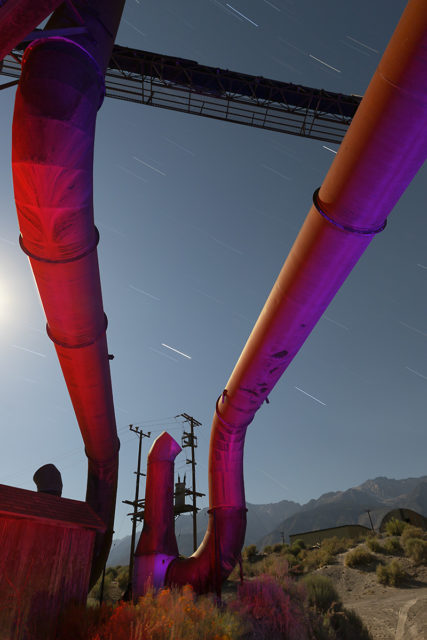

In these cases the ions and electrons formed from the gas molecules constitute the current.

In some gas tubes the cathode is not designed as an electron emitter conduction occurs when a voltage sufficient to ionize the gas exists between the anode and the cathode. Gas tubes behave similarly to vacuum tubes but are designed to handle larger currents or to produce luminous discharges. A cathode-ray tube can produce electron beams that strike a screen to produce pictures, as in some oscilloscopes and older television displays. This enables electrons from the cathode to strike the anode at velocities high enough to produce X rays. X-ray tubes maintain a high voltage between a cathode and an anode. Tetrodes, with 2 grids, produce output signals about 600 times greater than input, and pentodes, with 3 grids, 1,500 times.

For even greater amplification, additional grids can be added. Thus the triode can act as a signal amplifier, producing output signals some 20 times greater than input. Small voltage fluctuations, or signals, applied to the grid can result in large fluctuations in the current between the cathode and the anode. In the vacuum triode a third electrode, the grid, usually made of a fine wire mesh or similar material, is placed between the cathode and anode. However, the anode is not capable of emitting electrons, so no current can exist thus the diode acts as a rectifier, i.e., it allows current to flow in only one direction. If the cathode is charged positively with respect to the anode, the electrons are drawn back to the cathode. When the cathode is heated, it emits a cloud of electrons, which are attracted by the positive electric polarity of the anode and constitute the current through the tube. The simplest vacuum tube, the diode, has only those two electrodes. The two principal electrodes of an electron tube are the cathode and the anode or plate. Electron tube, device consisting of a sealed enclosure in which electrons flow between electrodes separated either by a vacuum (in a vacuum tube) or by an ionized gas at low pressure (in a gas tube).


 0 kommentar(er)
0 kommentar(er)
